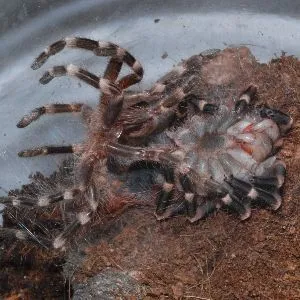Why Tarantulas Molt The Core Reasons
The fascinating world of tarantulas involves a unique biological process known as molting. This isn’t merely a cosmetic change; it’s a fundamental aspect of their survival and growth. Molting, or ecdysis, is the shedding of the exoskeleton, a hard, external covering that protects the tarantula. Unlike mammals that grow from the inside out, tarantulas and other arthropods grow by periodically shedding their exoskeletons to accommodate their increasing size. This guide will explore the top five reasons why tarantulas molt, delving into the various benefits and processes involved. Understanding this process is crucial for anyone who owns or is fascinated by these amazing creatures, as it reveals much about their biology and care needs.
Growth & Development
The primary driver behind molting is growth. A tarantula’s exoskeleton is a rigid structure made of chitin, a tough polysaccharide. Because the exoskeleton doesn’t grow, the tarantula must shed it to increase in size. This process allows young tarantulas to grow rapidly, molting several times a year. As they mature, the frequency decreases, but the fundamental need for growth remains a core reason for molting. Each molt allows the tarantula to expand, providing more space for internal organs and allowing for overall body enlargement. This is particularly noticeable in juveniles where molting is a frequent occurrence, signaling healthy development and well-being.
Shedding the Old Exoskeleton
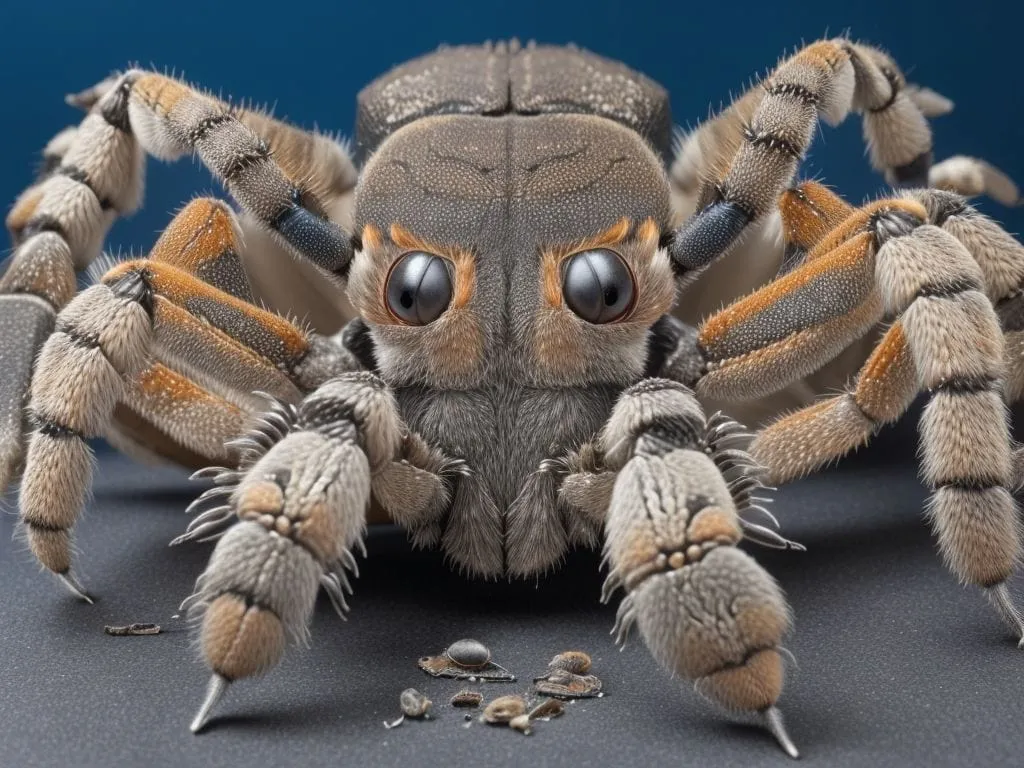
The exoskeleton, while protective, can accumulate wear and tear over time. It may be damaged by scrapes, injuries, or simply through the normal course of a tarantula’s life. Molting allows the tarantula to shed this damaged or worn-out covering, replacing it with a fresh, undamaged one. This also helps in getting rid of any parasites that may have attached themselves to the old exoskeleton. By shedding this external layer, the tarantula essentially resets its exterior, improving its overall health. The new exoskeleton provides better protection against predators and environmental hazards, ensuring the tarantula remains in optimal condition.
Replacing Lost Limbs
Tarantulas have the remarkable ability to regenerate lost limbs during molting. If a tarantula loses a leg, pedipalp, or other appendage due to injury or predator encounter, the new exoskeleton that forms during the molt will include a regenerated limb. The degree of regeneration can vary depending on the age and overall health of the tarantula, but molting is the critical mechanism that facilitates this process. This regenerative capability is a significant survival advantage, allowing tarantulas to recover from injuries and maintain their mobility and hunting ability. The new limb may be smaller or slightly different in appearance compared to the original but is fully functional.
Parasite Removal
Parasites such as mites or other external organisms can sometimes infest a tarantula’s exoskeleton. These parasites can cause irritation, discomfort, and potentially spread diseases. Molting provides an effective way for the tarantula to rid itself of these unwelcome guests. During the molt, the old exoskeleton, along with any attached parasites, is shed, leaving the tarantula free from these external threats. This contributes significantly to the tarantula’s overall health and well-being, reducing the risk of parasite-borne illnesses and ensuring the tarantula can function without the added burden of these infestations.
Maintaining Overall Health
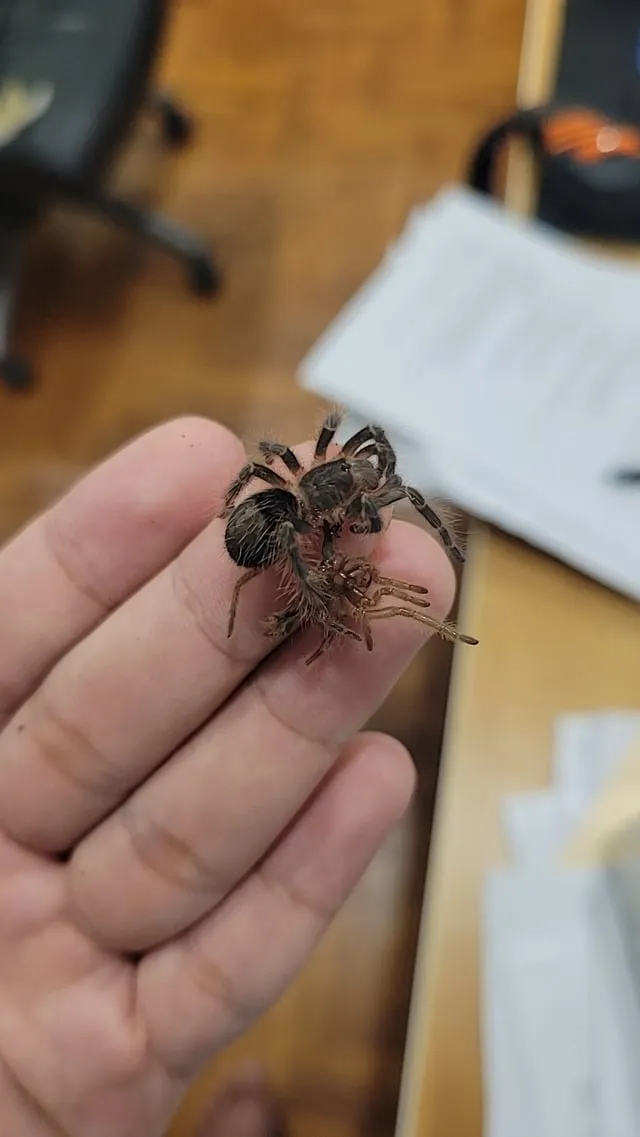
Beyond the specific reasons above, molting plays a crucial role in maintaining a tarantula’s overall health. The molting process allows the tarantula to replace its internal linings, including the lining of its digestive tract and book lungs. This helps to remove accumulated waste and maintain optimal organ function. A new exoskeleton also provides improved sensory capabilities, as the sensory hairs (setae) on the old exoskeleton can become worn or damaged. The new setae are sharper and more sensitive, allowing the tarantula to better detect prey and navigate its environment. Molting, therefore, is essential for the tarantula’s survival and its ability to thrive.
What is Molting
Molting, in the context of tarantulas, is a complex physiological process. It involves the creation of a new, soft exoskeleton underneath the old one. Enzymes are secreted to separate the old exoskeleton from the underlying tissues. The tarantula then absorbs fluids to expand and crack the old exoskeleton, allowing it to wriggle free. This process leaves the tarantula vulnerable until the new exoskeleton hardens. Understanding the molting process is important for any tarantula keeper, to know what to expect and what to do to best support the tarantula through this critical period.
The Molting Process
The molting process begins internally with the formation of a new exoskeleton beneath the old one. The tarantula’s body then secretes enzymes that separate the old exoskeleton from the underlying tissues. The tarantula absorbs fluids, causing its body to swell and the old exoskeleton to split open, usually at the carapace or abdomen. The tarantula then slowly extracts itself from the old exoskeleton, a process that can take anywhere from a few minutes to several hours, depending on the size and age of the tarantula. After the molt, the tarantula is extremely vulnerable until its new exoskeleton hardens, a process that can take days or even weeks.
Pre-Molt Signs
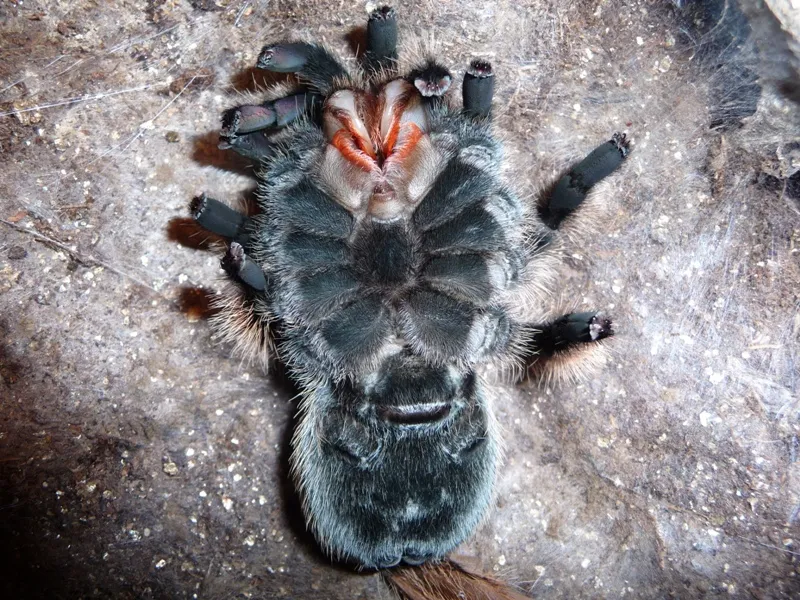
Several signs indicate a tarantula is preparing to molt. The tarantula may become less active, refusing food for several weeks or even months before the molt. The abdomen often darkens in color, sometimes appearing nearly black. The tarantula may also create a web mat or seal itself in its burrow. These behaviors are all indications that the tarantula is preparing for the molting process. It is important to recognize these signs so you can provide the best care during this vulnerable period.
The Molting Stage
During the molting stage, the tarantula is extremely vulnerable. The new exoskeleton is soft and easily damaged, making it defenseless against predators or even accidental injury. The tarantula will often lie on its back during this process, carefully extracting itself from the old exoskeleton. This is a stressful time for the tarantula, and it’s crucial to avoid disturbing or handling it during this period. The tarantula’s environment should be kept stable, with appropriate temperature and humidity, to facilitate a successful molt.
Post-Molt Care
After molting, the tarantula’s new exoskeleton is soft and vulnerable. It’s important to provide a safe and undisturbed environment during this time. Avoid handling the tarantula until its exoskeleton has fully hardened, which can take several days or even weeks. Provide fresh water and ensure the enclosure has the correct humidity levels. The tarantula may not eat for a week or two post-molt while its fangs and other mouthparts harden. Once the fangs are hardened, offer food, but start with smaller prey items, as the tarantula’s bite force is reduced until the fangs fully harden.
How Often Do Tarantulas Molt
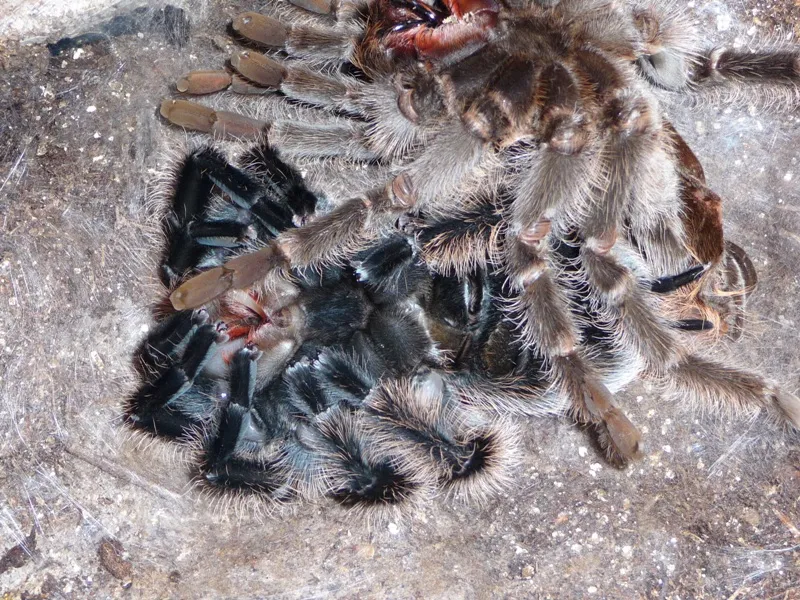
The frequency of molting in tarantulas varies widely depending on factors such as age, species, feeding habits, and environmental conditions. Understanding these factors can help you anticipate when your tarantula might molt and ensure you provide the right care.
Factors Influencing Molting Frequency
Age
Juvenile tarantulas typically molt more frequently than adults. Young tarantulas may molt several times a year, as they grow rapidly. As tarantulas mature, the molting frequency decreases, with adults molting once a year or even less often. This slower pace reflects the slower growth rate of adult tarantulas. Regular molting in juveniles is a sign of healthy development, whereas decreased frequency is expected as they age.
Species
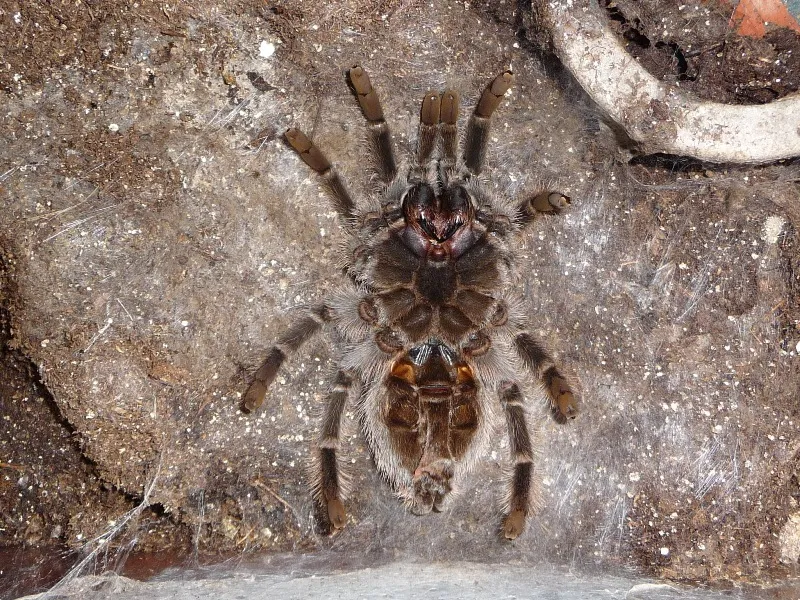
Different species of tarantulas have varying molting patterns. Some species are known for their rapid growth and frequent molting, while others grow more slowly and molt less often. For instance, fast-growing species may molt more frequently than those with a slower growth rate. Researching the specific molting patterns of your tarantula’s species can provide a more accurate expectation of its molting cycle.
Feeding
The amount of food a tarantula consumes can influence its molting frequency. A well-fed tarantula, particularly a juvenile, is more likely to molt more frequently. Overfeeding, however, is not recommended, as it can stress the tarantula and potentially impact its molting process. Providing an appropriate diet and feeding schedule is crucial for supporting healthy molting patterns. Keeping your tarantula well-fed but not overfed helps promote proper growth and the necessary molting cycles.
Environmental Conditions
Temperature and humidity also play a role in the molting process. Maintaining the correct temperature and humidity levels in the tarantula’s enclosure can help facilitate molting. Environmental stress, such as inadequate humidity or extreme temperatures, can potentially disrupt the molting cycle or even lead to molting problems. Ensuring the enclosure environment is ideal is an important part of promoting healthy molting. Providing the correct environmental conditions helps in the development of a healthy exoskeleton.
Why Is Molting Important
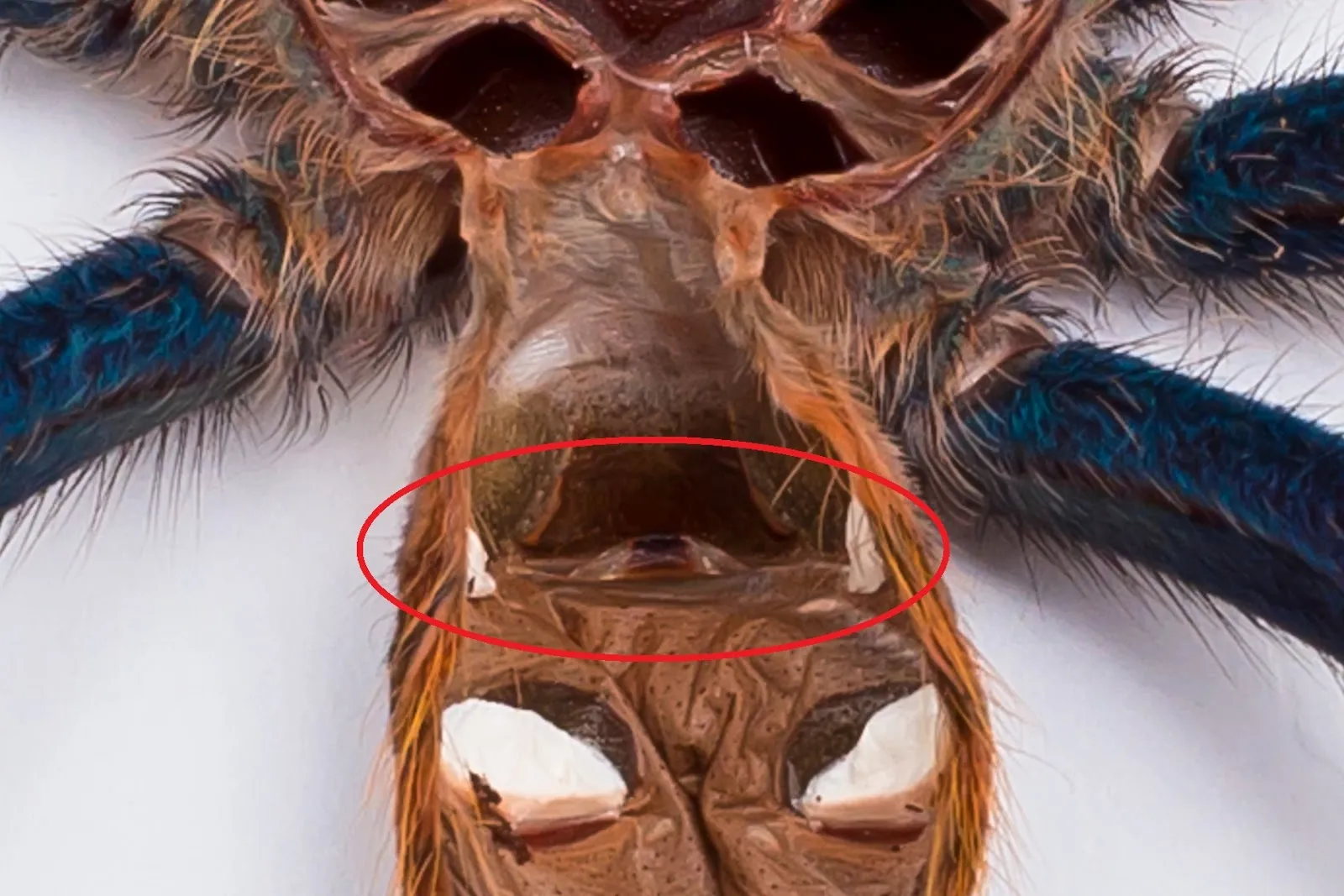
Molting is not just a biological necessity for tarantulas; it is vital for their health, growth, and survival. The process ensures the tarantula can thrive and function effectively in its environment. Understanding the importance of molting helps keepers provide the best care and support for their tarantulas.
Health Benefits
Molting provides numerous health benefits, including the removal of parasites, shedding of damaged tissue, and the replacement of internal linings. This shedding process prevents the buildup of parasites that might impede the tarantula’s health. By replacing the old exoskeleton, the tarantula can remove any injuries or irritations to its health. The shedding also contributes to the renewal of internal linings, allowing for more efficient organ function. All these benefits support a healthy tarantula.
Longevity
Molting is directly linked to a tarantula’s lifespan. Regular molting, particularly during the juvenile stages, is crucial for growth and development. Each successful molt contributes to the tarantula’s overall health and longevity. Problems during molting can be detrimental to the tarantula, so creating the right environment is crucial. The health and well-being of the tarantula depend on its ability to molt properly and regularly. By promoting molting, keepers can extend their tarantula’s lifespan.
Do’s and Don’ts During Molting
During the molting process, it’s essential to provide the right environment and care to ensure the tarantula’s safety and well-being. Knowing what to do and what to avoid can significantly increase the chances of a successful molt.
What to Do
Ensure the enclosure has the correct humidity and temperature levels. Avoid disturbing the tarantula during the molting process. Provide fresh water at all times. Wait until the exoskeleton has fully hardened before handling the tarantula. Remove any uneaten food or debris. Keep the enclosure clean. A stable and clean environment will support the tarantula through the process.
What Not to Do
Do not disturb or handle the tarantula during the molting process. Avoid feeding the tarantula until its fangs and exoskeleton have hardened. Do not try to assist the tarantula during molting, as this can cause serious injury. Do not introduce any potential hazards to the enclosure, like sharp objects. Keep the environment stable, and avoid sudden changes in temperature or humidity.
Conclusion
Molting is a fascinating and essential process for tarantulas, driven by growth, the need for a fresh exoskeleton, parasite removal, and maintaining overall health. Understanding why tarantulas molt and how to care for them during this period is crucial for any tarantula keeper. By providing the right environment and avoiding disturbances, you can help ensure your tarantula’s successful molting and contribute to its long, healthy life. Appreciating this amazing aspect of tarantula biology will allow you to better understand and care for these intriguing creatures.
